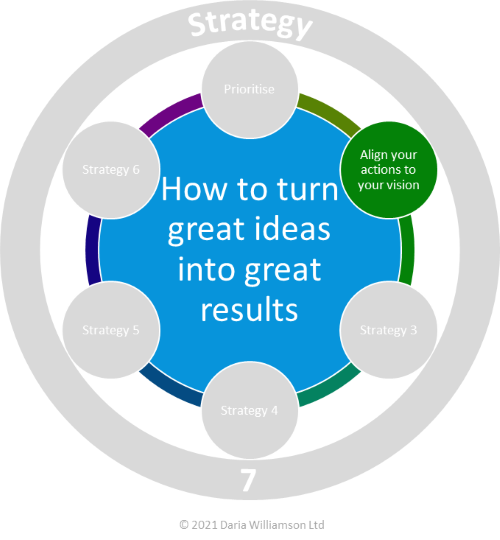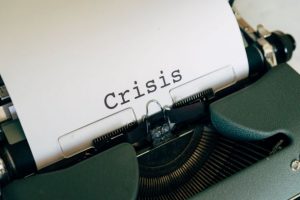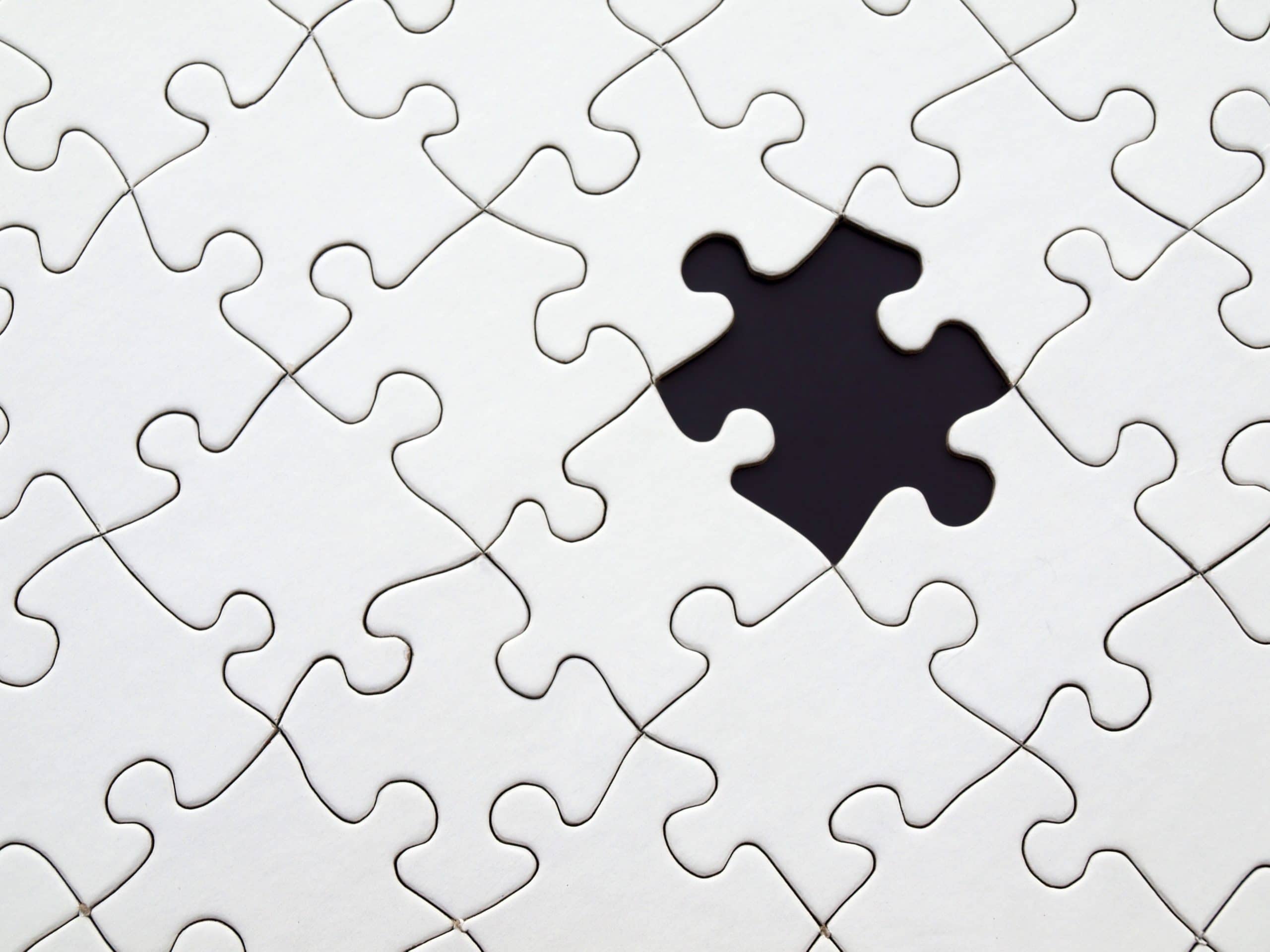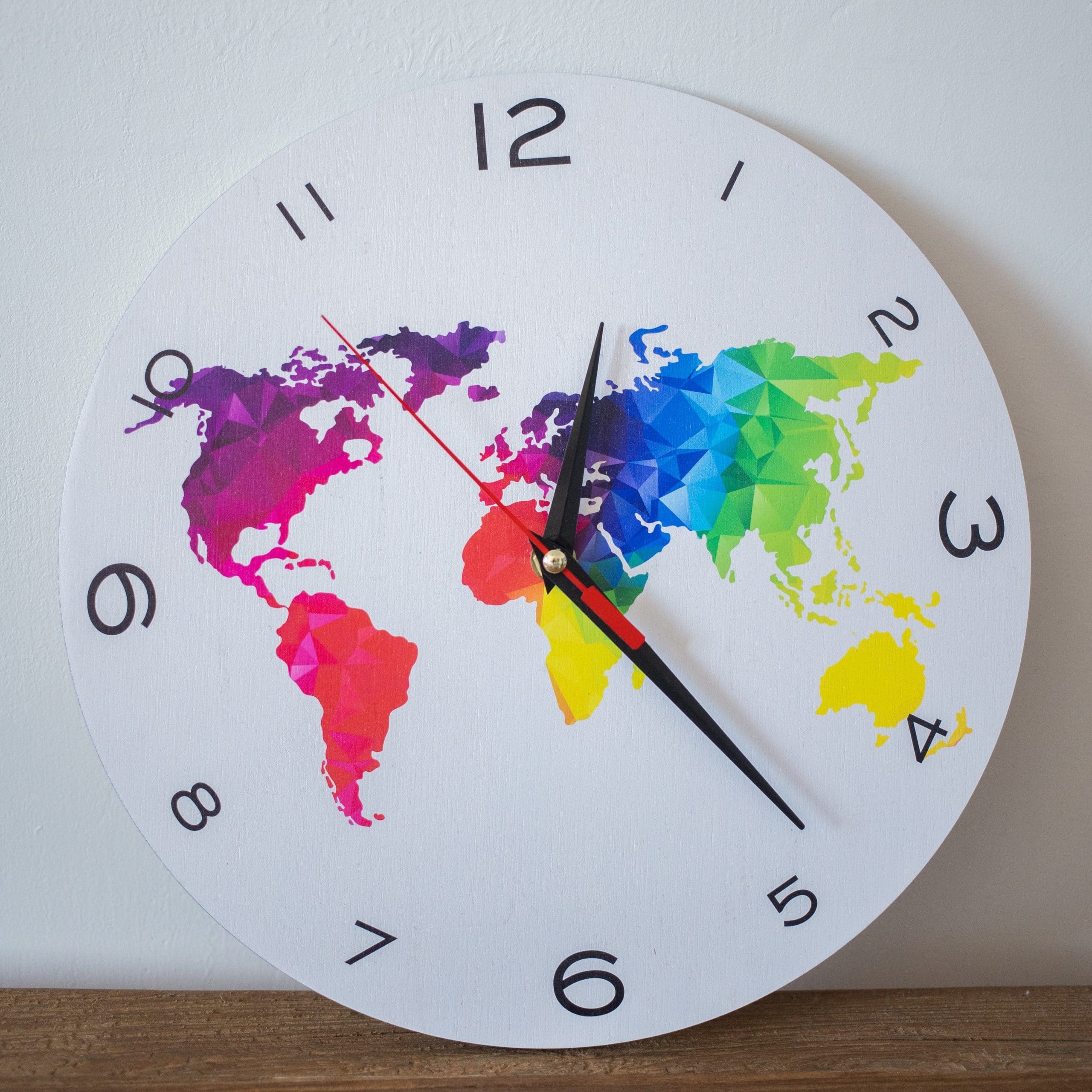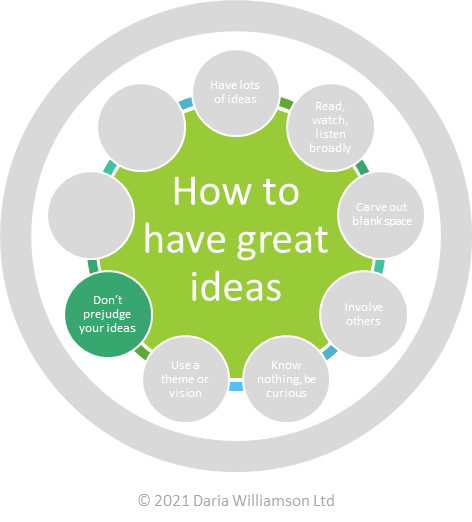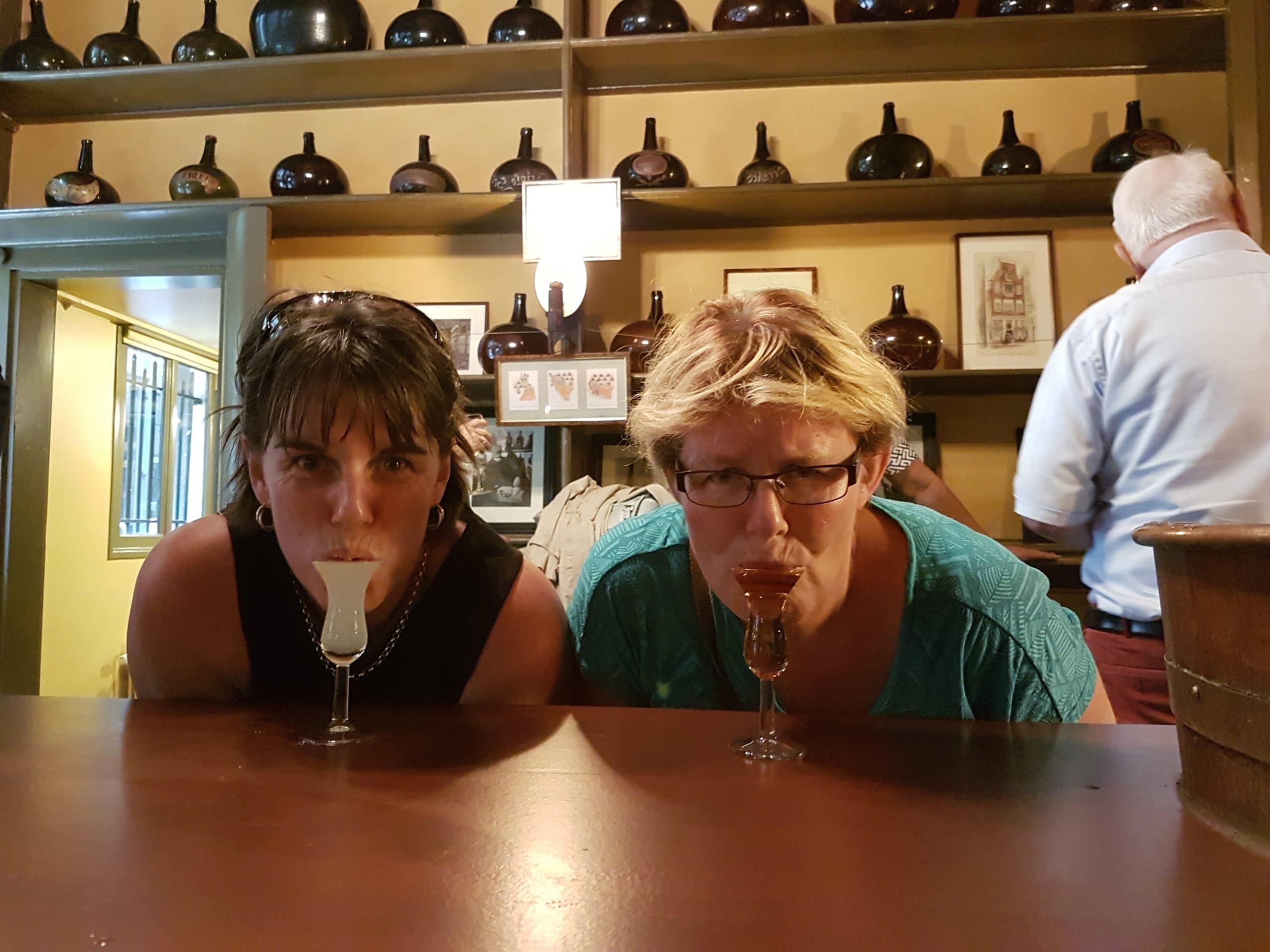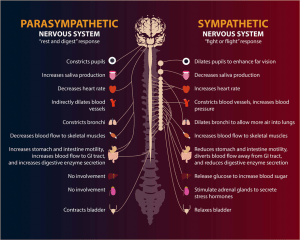Most people have never heard of the Drama Triangle, but the second I explain it, they know exactly what I’m talking about!
Someone plays the blame game when something doesn’t go to plan. Someone plays the victim card. And then someone rides in on their white horse to save the day. They either preen like a hero, or get resentful that – once again – they’ve had to fix EVERYTHING for EVERYONE (did I hear someone say ‘victim’?!).
And around and around we go!
The Drama Triangle roles
There are three roles in the Drama Triangle:
- Hero – saves the day with a solution that’s only temporary
- Villain – persecutes everyone involved
- Victim – believes they don’t have any power or autonomy
You don’t even need other people to create a drama triangle – you can do it entirely on your own, by playing every role!
And you can get stuck in a drama triangle with just one other person, if one or both of you switch roles.
The roles feed off each other to create a self-perpetuating drama. And often, people have been stuck in the dynamic for so long that they’ve forgotten what started it in the first place.
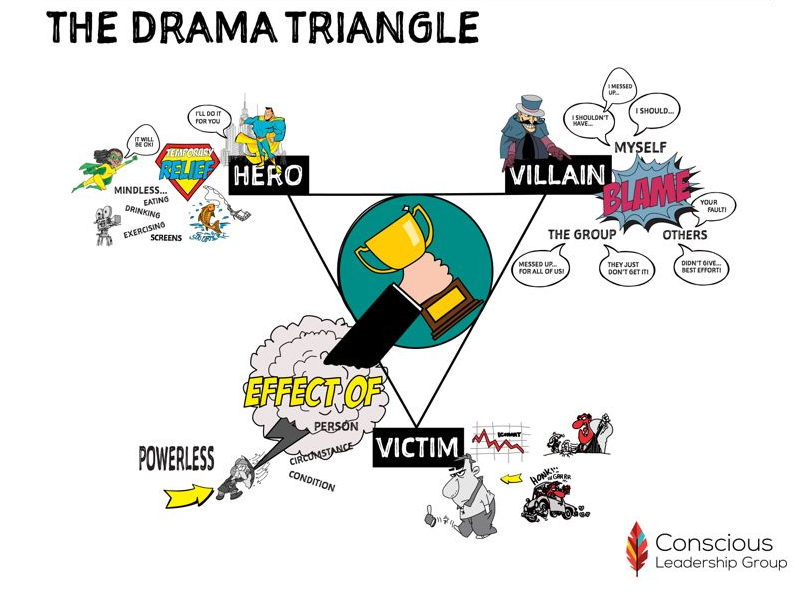
There’s lots of noise and energy, but no forward momentum – nobody wins. And the longer you stay locked into the drama triangle, the stronger the dynamic becomes.
Many of us have one or two preferred roles in the Drama Triangle. Take a moment to think about which one(s) you step into most frequently. You might find yourself taking different roles at work and at home, because the roles that other people prefer to take will influence which role is available to you.
The alternative: The Empowerment Dynamic®
The alternative to the Drama Triangle is the Empowerment Dynamic® (created by David Emerald). The Conscious Leadership Group have called it ‘Presence’ in the illustration below.
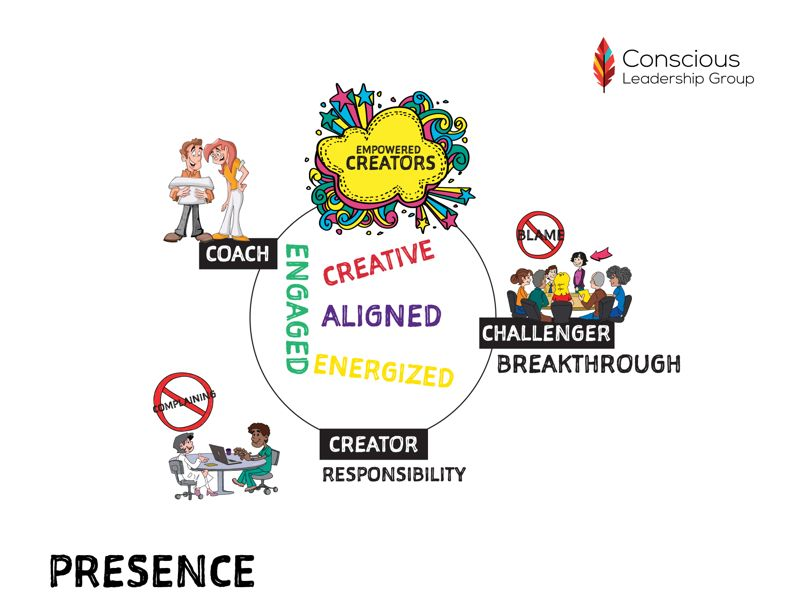
The Empowerment Dynamic also has three roles, which are counterparts to the Drama Triangle roles:
- Creator – the flip of the Victim; chooses their response to maximise positive outcomes
- Challenger – the flip of the Persecutor; catalyses change and encourages a focus on the greater good
- Coach – the flip of the Villain; encourages the Creator to learn and grow
To step into the Empowerment Dynamic from the Drama Triangle takes intention, time, and energy.
The first step is recognising when you’ve gotten caught up in drama, and identifying which role(s) you’re tempted to play.
Then, look at the Empowerment Dynamic, and decide which role will be most useful to you in your current situation. Identify 2-3 things you could do in that role, and try them one by one. As you shift your role, you can draw other people into the Empowerment Dynamic too.
What if someone seems to want to stay stuck in the Drama Triangle?
Sometimes, people are wedded to their preferred Drama Triangle role, and don’t seem to want to join you in an empowered approach.
You’ve got a couple of alternatives:
Give up
The path of least resistance is to give up trying to make a change, and return to the Drama Triangle. But be warned: If you do what you’ve always done, you’ll get what you’ve always got.
Maintain your empowerment role
Sometimes, if you remain committed to your role(s) from the Empowerment Dynamic, you can tilt the balance of the situation towards empowerment. But you’ll need to be patient – you’re up against decades of conditioning, so change will be slow.
Tackle it head on
Tell them what you’ve noticed about the situation, and what you’re trying to do to improve things. Explain the Drama Triangle and the Empowerment Dynamic. Invite them to join you in taking empowered action. You might even share this post with them.
Ideas for how to talk to someone who wants to stay in the drama
Here are a few different ways you can address someone’s reluctance to shift into the Empowerment Dynamic. Think carefully about whether to address it publicly or privately – your goal is to win them over to empowerment, not win an argument against them.
Draw a line in the sand
“I’m trying to help us figure out a way forward, but you seem to want to keep talking about what’s already happened. We can’t change that, so I think we should focus on where to from here”.
This can be a gentle way to delineate between what has happened in the past, and what we’re going to do now and in the future. Focusing people on moving forward helps nudge everyone towards the Empowerment Dynamic.
Uncover unmet needs
“Is there something you want to discuss that we haven’t covered yet? I have the feeling that you might need something to be addressed before we move forward”.
Sometimes people have an unmet need, but don’t know how to express it. It could be about feeling overlooked, taken for granted, or powerless. Maybe they think they’re owed an apology. If you can figure out the underlying need and a creative way to meet it (or help them meet it), things can shift pretty quickly into empowerment mode.
Set a boundary
“You keep complaining about the stone in your shoe, but you aren’t willing to take your shoe off and get the stone out. The way I see it, there are two options: we figure out how to get the stone out of your shoe, or you choose to keep the stone but don’t get to keep complaining about it”.
Sometimes, people have absolutely zero interest in a solution to their problems. They want to keep their problems AND complain to everyone about them. This is classic Victim-mode, and if you allow it to continue, they’ll eventually suck everyone back into the drama. So while this approach may initially seem harsh, you are giving them a choice between action and acceptance – you’re acting as an empowered Challenger and inviting them to be an empowered Creator.




